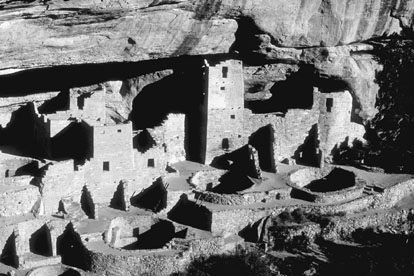

 | Page 1293 |  |
them an Indian origin, was directed. Scholars had held that view for nearly 100 years already, so his treatise on mounds had little impact on archaeological development per se.
Western exploration, particularly the discovery of spectacularly preserved architectural remains in the American Southwest, eclipsed the fascination with mounds in the later nineteenth century (Rohn 1973; Willey and Sabloff 1980). But unlike the East, the western United States was explored in advance of settlement in many places. Popular and scholarly impressions came through the same filter imposed by explorer reports. Because archaeological development had advanced considerably since the time of the first encounter with the eastern mounds, trained observers played a more important role in formulating a notion of the record of this region. Consequently, although new “mysteries” were embraced (e.g., the disappearance of the Cliff Dwellers), they tended to have a larger kernel of truth and thus to be shared between scholar and nonscholar. Bizarre speculations comparable to the Mound Builders’ notion did not develop to the same degree or enjoy the same currency.

The late-nineteenth-century discovery of ruins at Mesa Verde and elsewhere in the Southwest changed archaeological thinking in the United States.
(Corel)
Initial interest in the American archaeological record lay not so much in regard to portable objects—almost universally regarded as Indian—but in upstanding monuments, mounds, walls, and earthworks. Objects were considered important really only insofar as they shed light on the origin of the monuments (e.g., Atwater 1820). But as the frontier moved westward, agriculture and curiosity about the monuments led to more interest in (and collection of) portable antiquities, on a par with that in Europe. Description of both the monuments and the associated artifacts initially relied on English terms and common sense, with the result that the items were understood as part of the contemporary world, as elements of natural rather than cultural history. Portable antiquities were often assigned functional significance (and names) by means of analogy with ethnographic examples, lending strong, if circular, credence to the attribution of such objects to Indians. Indeed,
 |  |